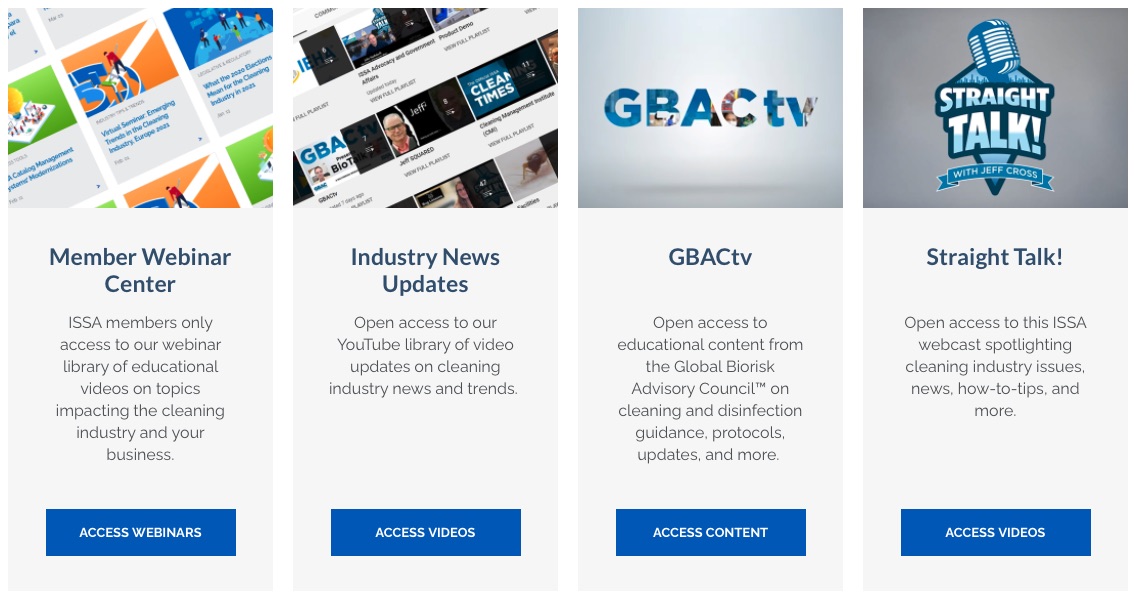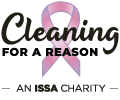Smart Labels
According to a leading publication for the labeling industry, smart labels are not a new technology, but they are certainly more prevalent and relevant than in years past. They are most often found on consumer products (business-to-consumer or B2C) but are slowly making their way into business-to-business (B2B) industries, including the jansan industry. This means that very soon, we will likely see smart labels on commercial cleaning equipment and products, such as vacuum cleaners, floor machines, carpet extractors, cleaning solutions, and more.
The publication Label & Narrow Web (L&NW) continued to say that the adoption rate has been slow on many products—B2C and B2B—”due to cost constraints. Prices [for smart labels] have become more affordable in recent years … plus, the rapid rate of technological innovation has made the technology more attractive.”
Before going further, we should define what smart labels are. One commonly accepted definition is the following:
Smart labels are a digital disclosure tool that allows consumers to access more detailed product information than can fit on a traditional label. It offers real-time data for various products, equipment, food, beverages, etc.
However, there is much more to smart labels than this. For instance, if a smart label is on a food item, by scanning it with a smartphone or reader, consumers can learn:
- More information about the ingredients in the food item.
- Additional nutritional information about the product.
- Listen to voice recordings and watch videos from the manufacturer.
- Learn about the manufacturer and the company’s
- Provide recipes.
- Real-time updates on regulations and guidelines about the food item.
In other words, they provide much more information about a product than could ever be stored on a traditional packaging label, building trust with customers by demonstrating transparency and, in so doing, helping the manufacturer market the product.
Chocolate delights and barcodes
It’s appropriate that we use a food item as an example in our discussion because, in 2015, the Hershey Chocolate Company became the first manufacturer in the United States to use and help develop smart labels. They did this in conjunction with the Consumer Brands Association (CBA), which fostered the advancement of barcodes on products in the 1970s. For the CBA, getting involved with smart labels was a natural progression of what they had been doing for decades.
Hershey had multiple reasons to foster the development of smart labels for their products:
- Increase awareness of the company and its history. The Hershey Chocolate Company is 130 years old and considered one of the best-managed companies in the country. They sold their first candy bar in 1900 and at a very reasonable price. At that time, chocolates, caramels, and related products were considered luxury items—only for the rich.
- Build consumer trust. Many consumers know very little about the Hershey company. Adding this information to their smart labels helped consumers build a connection with the company, increasing trust and loyalty.
- Communicate industry leadership. Early on, Hershey’s commitment to transparency through smart labels set them apart from competitors, who were slow to adopt the smart label technology.
- Strengthen brand messaging. The Hershey Company frequently uses the word “goodness” to describe its products. Some of the company’s smart labels say, “Goodness is more than tasting delicious; it’s also about taking pride in our products and sharing what goes into them.” Once again, this builds a connection and brand loyalty for Hershey.
- Gather marketing insights. By analyzing user interactions with smart labels, Hershey can gather valuable insights into consumer preferences and concerns regarding their products. This data helps the company develop future products and marketing strategies and tailor their offerings to meet evolving demands.
How they work
View smart labels as a reinvented barcode. Whereas a barcode usually provides the price of an item at the cash register, smart labels provide the purchaser with all the information discussed earlier. Further, smart labels, usually for products, packaging, and marketing materials, have other features and benefits, including the following:
- Smart labels do not require light or a direct line of vision for the scanner to read them, unlike barcodes.
- Scanners can read many smart labels simultaneously, streamlining efficiency.
- They help track products in transport and provide necessary information for manufacturers and distributors to help avoid stockouts.
- Foster more efficient communication between retailers, distributors, and manufacturers.
- Monitor products at each production stage.
- Provide lot tracking back to product origin and date of manufacture.
Why in the professional cleaning industry?
Smart labels are not only a new way to provide information about products but also a way to connect with end customers and adapt to their needs and preferences. Let’s consider some of the reasons why smart labels are beneficial for the professional cleaning industry. Some of these are the following:
- Market transparency. A NielsenIQ survey found that 81% of shoppers (B2C) value transparency when buying products online or in-store. This trend will also affect the B2B market, as purchasers expect more information, greater transparency, and accountability from jansan manufacturers and suppliers, enhancing the company’s reputation and trustworthiness.
- Customer education. Smart labels can educate customers about how to use, maintain, and troubleshoot the products they buy. For example, a cleaning equipment manufacturer can include training and troubleshooting videos, just as you might find on YouTube, as well as use instructions and manuals about the product. Some manufacturers have accomplished this in the past by using CDs or providing links to a company website. That’s slow and cumbersome. With smart labels, this information is as near as your smartphone. Furthermore, they can be used to provide application instructions for end-users, linking the user back to the manufacturer’s directions for safe use and application.
- Customer engagement. Smart labels can also help foster interactivity between manufacturers and their customers. They can do this by offering “chat” services, offering the user 24/7 help, all included in the smart label.
- Gather information. As mentioned earlier, manufacturers can use smart labels to collect end-customer behavior, preferences, and feedback data. This way, they can tailor their future products, services, and marketing strategies. They can also deliver product incentives, promotions, and even rewards for loyalty to their end customers.
We should view smart labels like an app. They store and arrange for different kinds of information, in various formats, to be shared with manufacturers, retailers, and end customers. They can also improve brand loyalty. Now, that’s a term many of us thought we would never hear again. But smart labels are only as good as the company that makes them. If the label has a flaw in its design or production, it may lose some, if not all, of the features and benefits we have discussed. As with all purchases, due diligence is necessary before selecting a smart label manufacturer.





